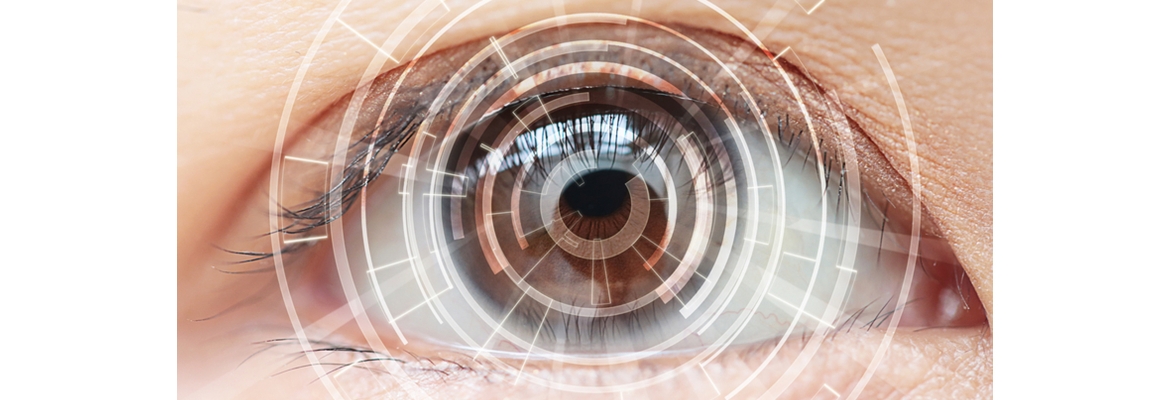Understanding S/P ratios
November 2017
DW Windsor operates internationally. For the best experience in your region, please select the region most applicable to you.
November 2017
Recent studies have taken place to try to understand how the eye perceives white light compared to the yellow light of high pressure sodium (SON) light sources. The use of white light for street lighting has increased as the efficacies and colour properties have improved. It now provides comparable light output to a traditional high-pressure sodium scheme – for a comparable amount of energy consumption.
Scotopic vision is the term used for low light level vision, where the eye utilises only the rod receptors for sight, picking out movement but no discernible colours or definition.
Photopic vision is the opposite of this, whereby well-lit conditions encourage the cone receptors, responsible for colour and definition, to be used for sight.
Artificial street lighting creates lighting scenarios which lie between the realms of the Photopic and Scotopic areas, known as Mesopic vision. During this state, both Photopic and Scotopic vision is required to be able to see.
Research has found that the quality of white light alters our perception of brightness, allowing lower lighting levels with white light to create the same eye response to those requiring higher lighting levels using a yellow light source.

To understand the level to which a white light source can be dimmed relative to a SON source, and be perceived by the human eye to give the same level of brightness, the ratio of Scotopic to Photopic lumens (S/P ratio) must be understood.
The higher the ratio, the better the light is at stimulating the eye, therefore we can use light sources with high S/P ratios at lower wattages (or dimmed) to provide the same perceived light level as high wattage, low S/P ratio sources.
In general, white light sources have high S/P ratios – with yellow/orange sources having low S/P ratios.
This reduction in light output when using white light sources has been recognised by the British lighting standards. The level of illumination required on subsidiary roads and paths may be reduced by as much as 30% if the light source has a colour rendering index of 60Ra or higher.
This will ensure that enough lighting is being provided to correctly illuminate the required area whilst being able to reduce the installed wattage of a product by opting for a white light source.
By utilising the accuracy of our integrating sphere, we are able to measure both the photopic and scotopic lumens created by a light source.
The ratio between the two, expressed as a single number, is required to calculate the reduction in lighting level which can be employed to create a similar lit scene to that of a high pressure sodium scheme lit to a higher lighting level.
For the Kirium and Kirium Pro range utilising the 4000K colour temperature, this equates to an S/P ratio of 1.5 with an average reduction of 20%.